DTG Custom Die Casting Servers
Die Casting Process
- Process Overview: Die casting is a manufacturing process in which liquid metal is injected into a mold and forced by high pressure to fill the mold cavity and form the desired shape. This process is typically used to produce high volume, high precision metal parts and products.
- Material Selection: We can use a variety of metal materials for die casting, including aluminum alloys, zinc alloys, and magnesium alloys. Each material has different characteristics and advantages, we choose the most suitable material according to the customer’s needs and application scenarios.
- Mold Design: Successful die casting process depends on good mold design. We have a team of experienced engineers who can design and manufacture high-precision and durable die casting molds to ensure the accuracy and quality of the products.
- Injection and Curing: During the die casting process, liquid metal is injected into pre-designed molds and cured under certain pressure and temperature. This ensures that the final product has a high degree of precision and surface quality.
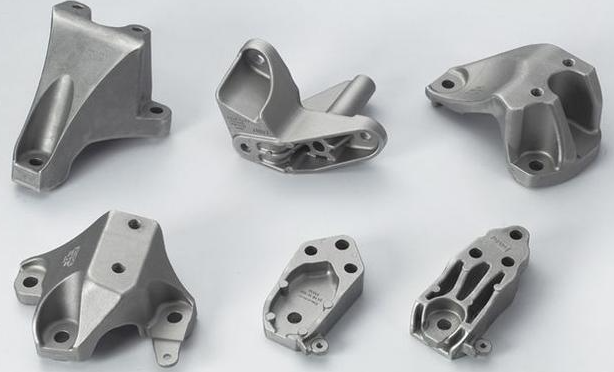
Common Die Casting Applications
The die-casting process is widely used in automobile manufacturing, electronic products, industrial equipment, aerospace and other fields to provide key parts and components for various industries.
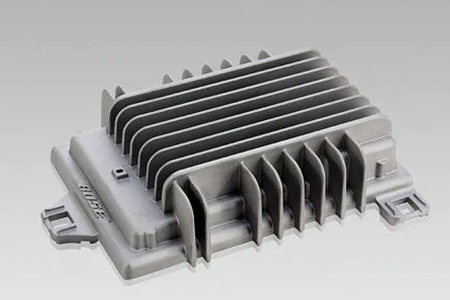
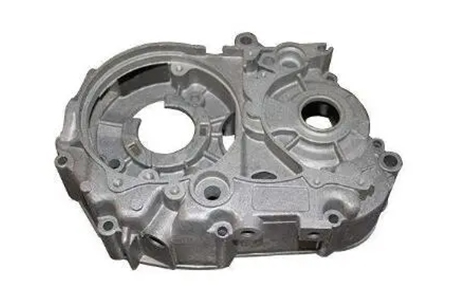
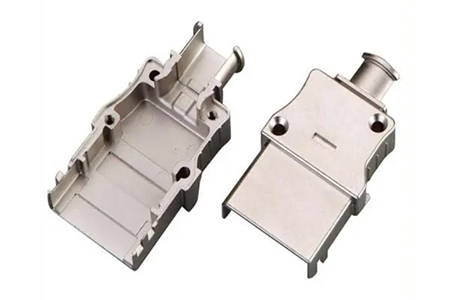
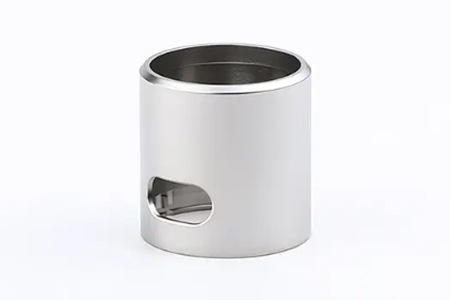
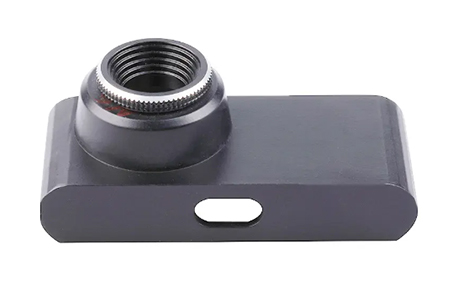
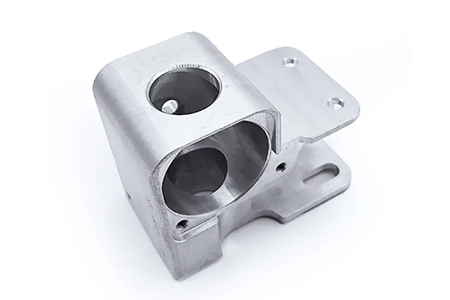
Why Choose DTG Injection Molding Services ?
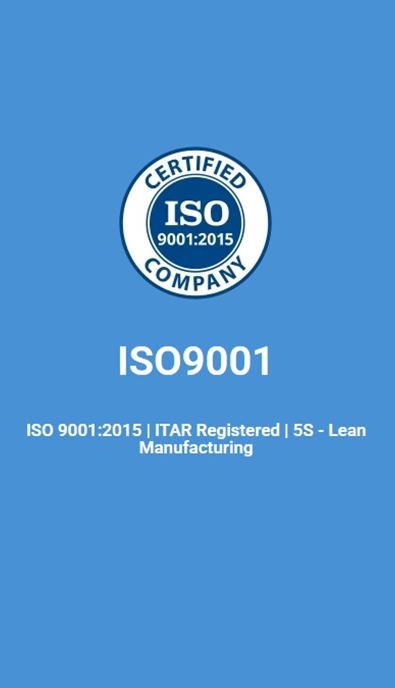
ISO Certified
ISO Certified
Expertise
Advanced Equipment
Fast delivery
Customer Focus
Our Mold Design Process
For simple parts, product lead times can be reduced to as little as 3 days.Upload your part to see if it qualifies.
01
Requirement Analysis
We start by thoroughly understanding the project requirements, including the part geometry, material properties, production volume, and budget constraints. This initial phase involves close collaboration with the client to gather all necessary information and establish clear design objectives.
02
Conceptual Design
Our team of skilled designers and engineers utilizes advanced CAD software to create conceptual designs based on the project requirements. This phase involves brainstorming innovative solutions and exploring various design options to achieve the desired functionality and manufacturability.
03
Detailed Design
Once the conceptual design is approved, we proceed to the detailed design phase. This stage involves refining the 3D model to incorporate all essential features, such as parting lines, gating systems, cooling channels, and ejection mechanisms. Our designers pay meticulous attention to detail to optimize the mold design for efficiency and performance.
04
Simulation & Analysis
Once the conceptual design is approved, we proceed to the detailed design phase. This stage involves refining the 3D model to incorporate all essential features, such as parting lines, gating systems, cooling channels, and ejection mechanisms. Our designers pay meticulous attention to detail to optimize the mold design for efficiency and performance.
05
Design Review & Optimization
The design undergoes thorough review by our team of experts, where potential issues or areas for improvement are identified and addressed. We collaborate closely with the client to incorporate feedback and make any necessary adjustments to optimize the mold design for manufacturability and functionality.
06
Prototype Development
Upon finalizing the design, we proceed to prototype development to validate the mold’s functionality and performance. This stage involves manufacturing prototype molds and conducting rigorous testing to ensure they meet the client’s requirements and quality standards.
07
Finalization & Production Release
Once the prototypes are successfully tested and approved by the client, we finalize the mold design and release it for full-scale production. Our team closely monitors the manufacturing process to ensure the molds are fabricated to the highest standards and deliver consistent, high-quality parts.
08
Continuous Improvement
At Omni, we are committed to continuous improvement and innovation. We regularly evaluate our mold design process to incorporate the latest technologies, best practices, and customer feedback, ensuring we deliver exceptional results with every project.

